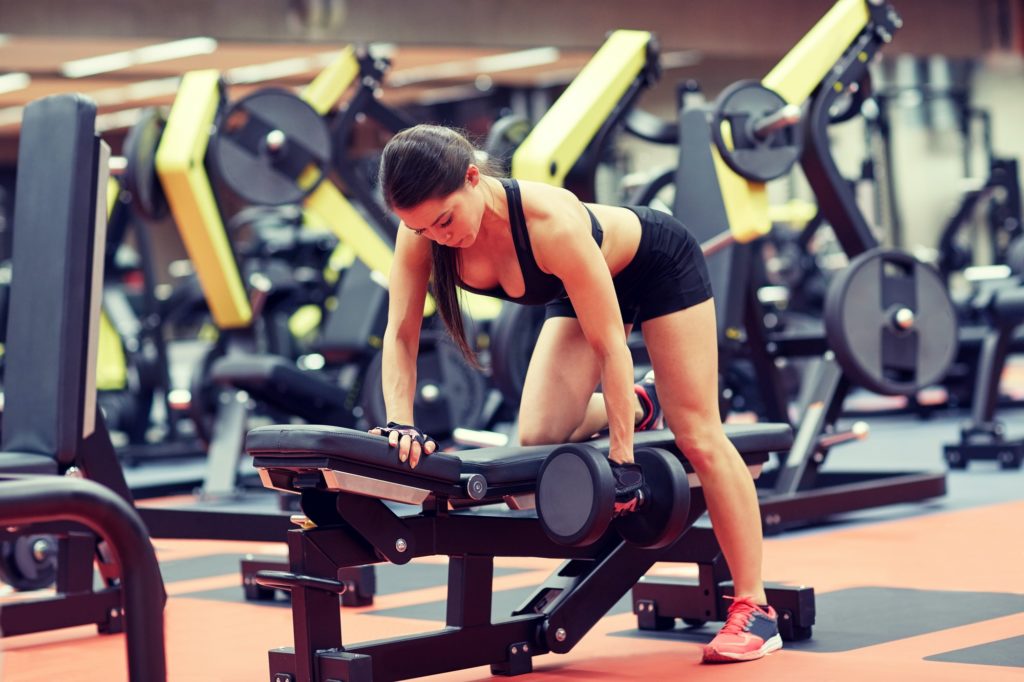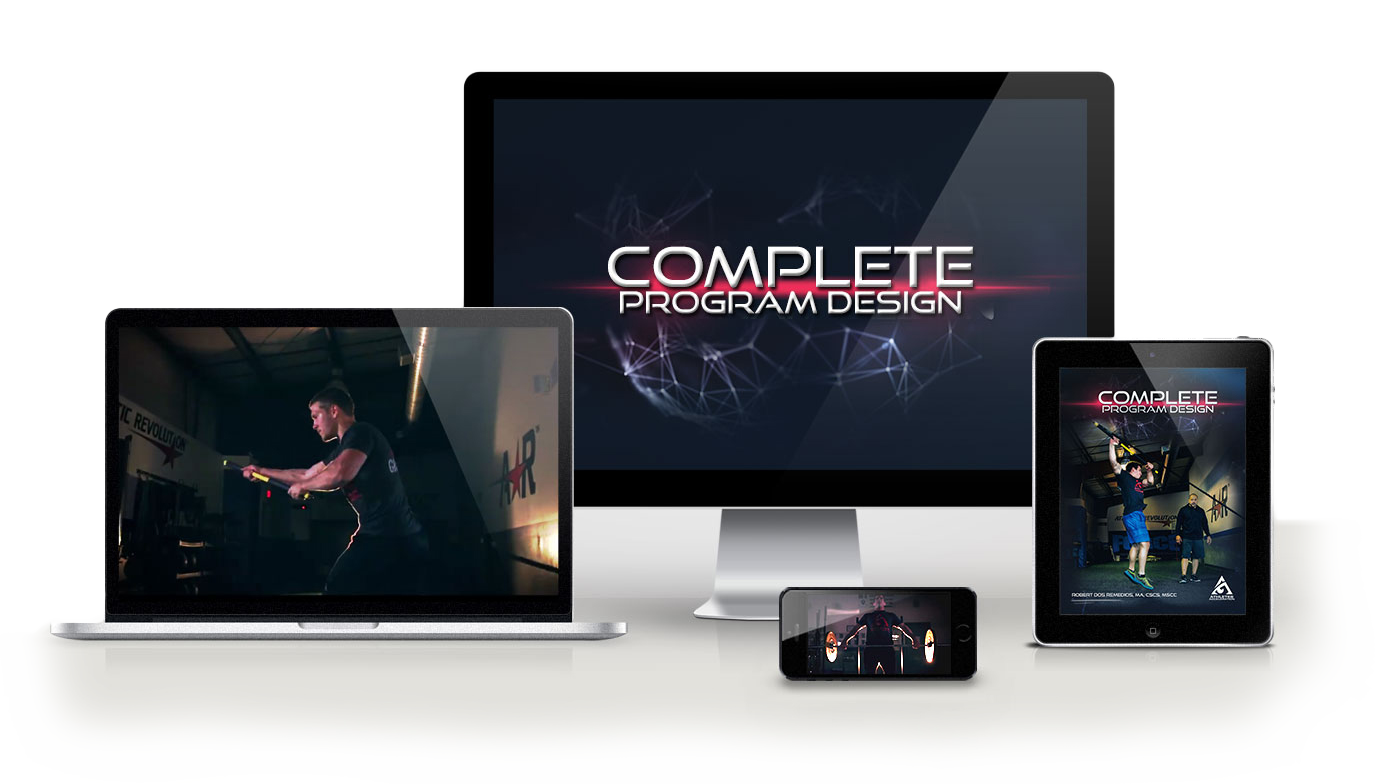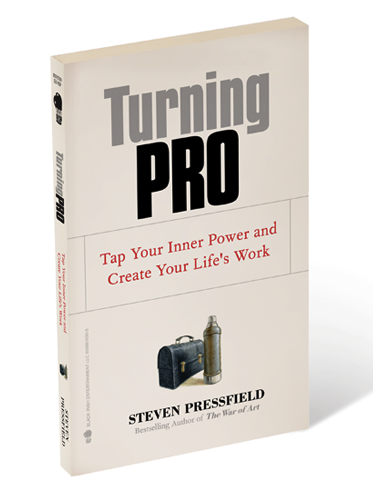Today’s guest post comes courtesy of my good friend and phenomenal strength coach, Todd Bumgardner.
Enjoy!
A few moons ago I was a promising high school football player. Quarterback offensively and a defensive utility man. I was good enough to get recruited by schools from D3 to the lower D1 levels—eventually settling on a tiny speck in Williamsport, PA named Lycoming College.
Don’t worry, ladies and gents —this article isn’t going to be a metaphorical showing of my letterman jacket patches. I’m just setting the stage.
I played football, and attended college, in rural, Central Pennsylvania—one of the greatest places on earth. Humbly stated, of course. But for its beautiful ridges, rivers and creeks, it’s also backwards in its ways. People that didn’t grow up here are often thought of as “strangers”, and good coaching often means simply being hard on someone until they rise to an occasion.
In the late 90’s and early 00’s it wasn’t strange to see a kid get ripped around by his facemask after a practice blunder. A few times, after royally fucking up, I was taken on the facemask merri-go-round. I usually responded.
Being hard on me worked.
During my junior year I was the personal protector on the punt team—a position reserved for linebacker/safety types. One particular fall day I didn’t have my shit together, and the 230 pound maniac I was responsible for blocking kept whooping my ass—he nearly drove me into the punter 4 or 5 times.
My coach gripped my facemask, brought his person a few inches from mine, and gave me the business in all kinds of ways. I’m pretty sure I just finished washing his spit out of my eyes. I’m 29 years of age.
But I stepped up.
During the next snap I sprinted at the line like a man on fire and planted my facemask in my foe’s solar plexus. I figured it’d be tough for him to block a punt if he didn’t have any air in his lungs. I was right. I also earned pat on the back and what I’m pretty sure was a concussion. And though I responded, it doesn’t mean his approach was optimal.
Tough Love Isn’t For Everyone
Not every kid handled that type of coaching. My team was loaded with kids that were physically tough. They busted their asses in practice and in the weight-room. They played with zealot enthusiasm on Friday nights. But screaming at them was counterproductive. It either evoked contention or shut them down. Neither reaction was productive for the team, nor the individual.
These kids were often labeled “pussies.” Being the ever-aware and observant youth, I noticed it—but it didn’t seem like a good enough explanation to me. I didn’t know what to do; hell, there wasn’t anything I could do. Besides I was still trying to figure out what to do with all the boners I was getting.
The past ten years of coaching experience, as a strength coach and a sport coach, along with multitudes of continuing education has taught me what to do.
It’s helped me develop a coaching paradigm that I use daily and speak about regularly. It comes in four parts and will profoundly impact the way you interact with your clients. It starts with finding the bright spots and ends in celebration.
Find the Bright Spots
90% of the coaching battle is keeping people open and receptive to what we have to say. But, unfortunately, trainer and coach behavior doesn’t always reflect that.
Show of hands:
How many of you have heard someone immediately begin coaching someone by saying something to the tune of:
“No, no, no. Stop. That’s not it.”
You know, or something corrosively negative.
Second show of hands:
How many of you have done it?
I have.
Guilty. As. Charged.
Note From TG: Yep, me too.
What happens? People clam up.
Immediately finding fault puts someone on the defensive.
We know this, and have known this, for a long time. It’s in the first chapter of How to Win Friends and Influence People. But, as coaches, we’re the punishing hammer that buries the nail. Our job is to find, and correct, fault—so we hop to it.
Here’s the bright reality—it’s rare that someone is performing every part of an exercise incorrectly. They are doing something right. Find that something and tell them about it.
Let’s pose a hypothetical.
Your client/athlete/boyfriend/girlfriend/boyfriend’s girlfriend just finished a set of goblet squats. Their foot position blew, but they did a great job creating upper-body tension. Try saying something like this:
“I loved your upper-body tension, that was great, keep it up! But we need to work on your foot positioning…”
It shows that you want to level with them, that they’re not fucking everything up, that your relationship doesn’t hang on the contingency of them doing everything right. This makes them willing to listen to you.
Find the Bright Spots First
Clearly Identify, Succinctly Communicate
Clearly Identify
Clear identification starts with knowing what you’re looking for. I can’t teach you that in a blog article—it comes from experience. From squatting a lot of times and from watching other people squat that many times. Extrapolate those numbers to every other major exercise and technique you use.
But to effectively, and succinctly, communicate what you want, you have to know what you’re looking for. Learn the patterns and learn how to identify issues.
I can, however, tell you that it helps to work from big to small. See a pattern, then break down the idiosyncratic deficiencies.
Succinctly Communicate
Say as little as possible. If you don’t have to talk, don’t.
Let’s consider what’s happening in the world of the trainee while a coach is watching.
They’re feeling the social pressure of wanting to please you.
They’re telling their body to do something.
They’re body is telling them what is actually happening.
There are noises.
They could potentially have a bathroom emergency.
That’s a lot of info to deal with at once. Dashing a bunch of your sentences into that cognitive soup does more harm than good.
Time for another hypothetical—you’re coaching someone intra-set and need to make a correction. What do you do?
First, try to find a solution that doesn’t involve your words.
Nick Winkelman talks about creating an environment in which the athlete coaches themself. Do you have RNT (reactive neuromuscular training) techniques that can fix the problem? Can you alter the environment safely so the client automatically responds and “coaches” themselves into correction?
If you have to use words, keep the count down. And base those words off of simple cues you introduced early in the training process. One or two words based on information they already relate to make coaching effective. If you don’t have a list of common cues that you teach people immediately, get that list started, fool.
Clearly Identify, Succinctly Communicate
Cue Externally
When I was in college there was a local “speed coach” that screen printed “Fire Your Glutes!” across the back of his promotional t-shirts.
He was creepy.
Not only was he creepy; he was doing it wrong. Body party cueing, in a performance situation, is a bad move. This is another Nick Winkelman gem.
Cueing: Lats! Glutes!—whatever body part you so choose—during an exercise creates cognitive dissonance that decreases performance. The result is more confusion, less force.
The reasoning follows suit for that of succinct communication: load the processor with too much info and you get diminishing returns. Folks spend time trying to identify the muscle that they want to perform rather than performing the exercise.
Direct your cues to objects outside the body like the floor, the implement they’re lifting, the finishing position.
Cue Externally
Dramatically Reinforce Success
We claim stoicism, but we’re all emotional. We learn, change and grow mostly because of emotion, not logic.
Successful coaching relationships also require some kind of attachment. This means people that we influence have to like us in some way, shape or form.
Team sport coaches get results with the respect and not like paradigm, but that doesn’t work as well for personal coaches. People don’t have to spend money with us. Besides…no one ever said that the respect without like paradigm was optimal.
How do we make use of this knowledge? We emphatically celebrate client success.
One of your clients, let’s call her Rhonda, just nailed the rack pull for the first time. Put on your party pants and celebrate! Ladle excitement into your voice. Jump like a Rhesus monkey. Fist bump. Slap hands. Do something emphatic.
Creating an emotional event helps Rhonda remember what she did—emotion imprints the cerebellum with info. She’ll be a better rack puller from now on. The event also strengthens the bond between you because she sees how authentically you care about her. Get ready to be happy, because compliance just jumped through the roof.
Beyond those two points, aren’t we in this to help people realize awesome shit about themselves?
Dramatically Reinforce Success
Four Simple Things
Tomorrow, when you coach, be aware of your coaching in relation to these four simple points and lay this paradigm over your current practice. Keep the expectations high, people will rise to them, but there’s no need to grab a facemask.
About the Author
Todd Bumgardner is a bit of strength training nomad. Over the past ten years he’s traveled to learn from, and work with, the best in the industry. But mostly he’s helped a lot of people, from NFL linebackers to housewives, live stronger, fuller lives. When he’s not coaching, presenting or writing, he’s most likely on a stream with his fly rod.






 passage he describes the point in which he “turned pro,” and it had everything to do with sitting down and doing the work.
passage he describes the point in which he “turned pro,” and it had everything to do with sitting down and doing the work.



